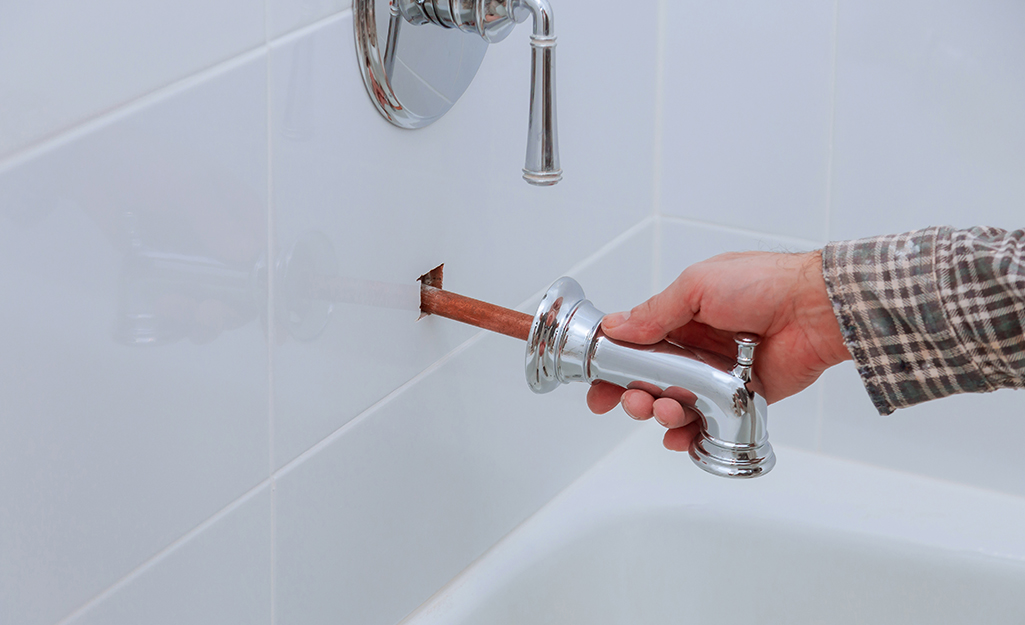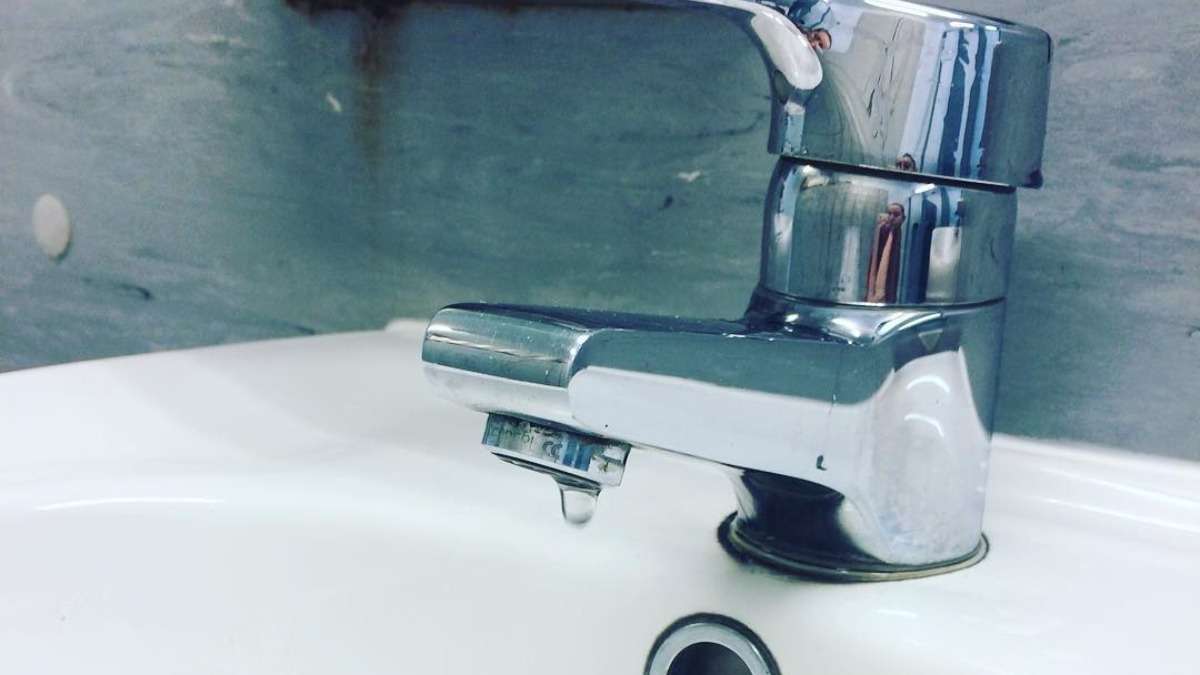Uncovering the Effect of a Dripping Faucet
Uncovering the Effect of a Dripping Faucet
Blog Article
What are your ideas on Health Risks Posed by Leaking Faucets?

Intro
A leaky tap could appear like a small inconvenience, yet its consequences prolong much past the occasional drip. Comprehending the results of a leaky faucet is vital for both house owners and the setting. In this article, we'll explore the different effects of this typical family problem and why resolving it immediately is crucial.
Sources Of Leaky Faucets
Dripping taps can result from a variety of factors, consisting of damage, high water pressure, and corrosion. Over time, the consistent use faucets can bring about damaged seals and gaskets, causing leakages to establish. In addition, extreme water stress can put strain on plumbing components, leading to leakages. Corrosion and corrosion can also deteriorate tap elements, making them vulnerable to leakage.
Water Waste
Among one of the most substantial effects of a dripping tap is water wastefulness. Also a little drip can add up to gallons of wasted water in time. This not only increases water costs however also contributes to water deficiency and ecological deterioration. Resolving leaking faucets promptly is critical for saving this precious source and reducing its influence on the world.
Financial Impact
Along with drainage, leaking taps can additionally have a substantial monetary impact. Boosted water bills are a direct effect of water waste, costing house owners thousands of dollars yearly. In addition, the cost of repairing water damage triggered by leakages can be significant, specifically if left unattended for an extended period.
Environmental Impact
The environmental impact of leaky faucets extends beyond water wastefulness. By preserving water, home owners can add to more comprehensive initiatives to alleviate water shortage and safeguard natural ecosystems. Lasting options such as rainwater harvesting and water-efficient components can additionally reduce the ecological footprint of household water use.
Technological Solutions
Innovations in innovation have actually resulted in the growth of wise taps and water-saving devices that assist minimize water waste. Smart taps use sensors to detect movement and change water circulation accordingly, minimizing waste without giving up convenience. Water-saving devices such as aerators and low-flow showerheads are likewise efficient in saving water without endangering efficiency.
International Viewpoints
While dripping taps might appear like a local problem, they contribute to wider global challenges such as water scarcity and environment adjustment. In regions already facing water stress and anxiety, every decline counts, making leak prevention and fixing necessary. By embracing water-saving techniques and purchasing lasting innovations, property owners can play their component in dealing with these pushing global concerns.
Regulatory Procedures
Government guidelines play an essential duty in mitigating the effect of dripping taps and advertising water conservation. From developing codes that need water-efficient components to water-saving motivations and rebates, policymakers have a range of tools at their disposal. By executing and implementing these laws, federal governments can make certain that home owners focus on water preservation in their day-to-days live.
Area Influence
Dealing with leaky faucets calls for collective efforts at the area level. By raising recognition concerning the relevance of water conservation and giving resources for leakage discovery and repair, regional authorities can equip property owners to do something about it. Campaigns such as water-saving rebate programs and leak detection campaigns can incentivize behavior change and advertise accountable water usage.
Situation Studies
Real-life examples of the effect of leaking faucets underscore the value of proactive upkeep and prompt repair work. From water damages to escalating water bills, the consequences of disregarding leakages can be extreme. By sharing these case studies, homeowners can better recognize the importance of dealing with dripping faucets without delay.
Educational Campaigns
Educational campaigns play an important duty in increasing recognition regarding the effects of leaking faucets and advertising water conservation practices. With workshops, workshops, and on-line sources, house owners can find out how to discover and repair leakages themselves. By empowering people with knowledge and devices, educational campaigns can cultivate a culture of accountable water use within communities.
Health and wellness Concerns
Leaky taps can produce helpful environments for mold and mildew development, posturing health threats to occupants. The presence of mold and mildew can worsen respiratory issues and allergic reactions, specifically in prone people. Additionally, water damages resulting from leakages can compromise the architectural stability of buildings and bring about pricey repairs.
DIY vs. Specialist Repair service
When faced with a leaky tap, homeowners often question whether to try repair work themselves or hire a specialist plumber. While DIY fixings can save cash, they may not constantly deal with the hidden problem properly. Expert plumbing technicians have the knowledge and tools to diagnose and take care of leakages correctly, making sure lasting solutions and assurance for home owners.
Safety nets
Avoiding leaking taps calls for regular maintenance and proactive steps. Basic tasks such as replacing worn-out washers and seals can avoid leakages from developing. Additionally, updating to high-quality fixtures and reducing water stress can aid extend the life expectancy of taps and decrease the danger of leaks.
Conclusion
Finally, the impacts of a leaky tap prolong far past the occasional drip. From water wastage and boosted water expenses to wellness worries and environmental effect, the consequences of neglecting leaks can be considerable. By addressing leaking taps quickly and taking on water-saving practices, house owners can minimize these effects and contribute to a much more lasting future.
Why You Shouldn’t Ignore a Leaky Faucet in Your Home
What Causes a Leaky Faucet?
Various factors can cause a leak, from loose and worn-out parts to corrosion. Your faucet has four essential components from which most plumbing issues will stem: the O-ring, the valve seat, the washer and the gasket.
What Is an O-Ring?
The O-ring is a stem screw that fastens parts of the faucet in place, preventing water from leaking out of the spout. Depending on your faucet type, the stem might have multiple O-rings. Water will drip from the faucet’s handles and base if this part breaks or deteriorates.
What Is a Valve Seat?
The valve seat controls the flow and temperature of the water. Found at the base of the handle, it works as a seal for the faucet’s stem. The valve seat ensures the water is allowed to flow or is blocked as the handles dictate. You’ll know it’s malfunctioning when water leaks from your faucet’s sides.
What Is a Gasket?
The gasket is found between the water inlet and the valve stem. It creates a seal between the faucet and the sink, holding its joints by aerators attached to the stem’s head. Water will trickle out from the base if the gasket isn’t working.
What Is a Washer?
The washer secures the handles and prevents leakage, serving a similar purpose to the O-ring. While the O-ring is ordinarily round and made from an elastic material, such as rubber, the washer is square-shaped and composed of brass, copper and other hard metals. If it malfunctions, corrodes or has been improperly installed, water will leak out of the handles, causing that incessant faucet drip.
Why Is a Leaky Faucet Dangerous?
A leaky faucet left alone for too long can have significant consequences.
Pest Infestations
Since bugs and rodents gravitate towards the scent of water, a leaky faucet will draw pests to your sink. Both are looking for leaks accessible through crawl spaces, which a faucet provides. If you leave water dripping for too long, you run the risk of an infestation.
Rust
If one of the faucet parts has started to corrode, the resulting rust can spread to your pipes and valves with startling speed. The rust might even lead to cracks or other impairments, resulting in more severe plumbing issues.
Your sink could also sustain damage from a leaky faucet. The water in your tap possesses sparse elements of calcium and iron that can stain your sink with repeated and prolonged exposure. Once those elements in the water have been open to the air for some time, your sink will start to rust, creating marks that can be difficult to remove.
https://www.tomsmechanical.com/blog/why-you-shouldnt-ignore-a-leaky-faucet-in-your-home

As a reader about How to Fix a Leaky Faucet, I assumed sharing that article post was a good idea. Sharing is caring. You won't know, you may just be doing someone a favor. Thanks for your time. Please come by our site back soon.
Report this page